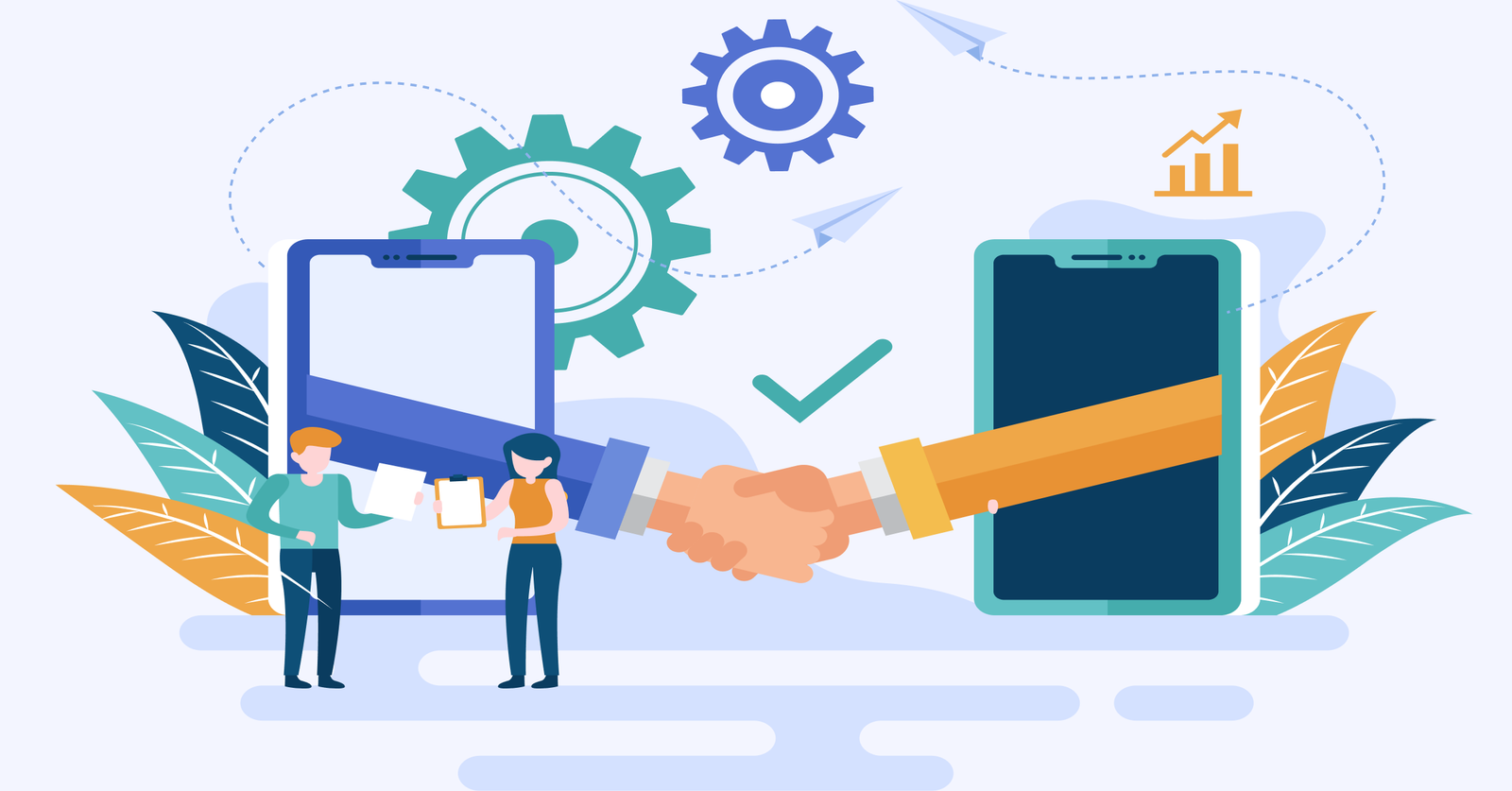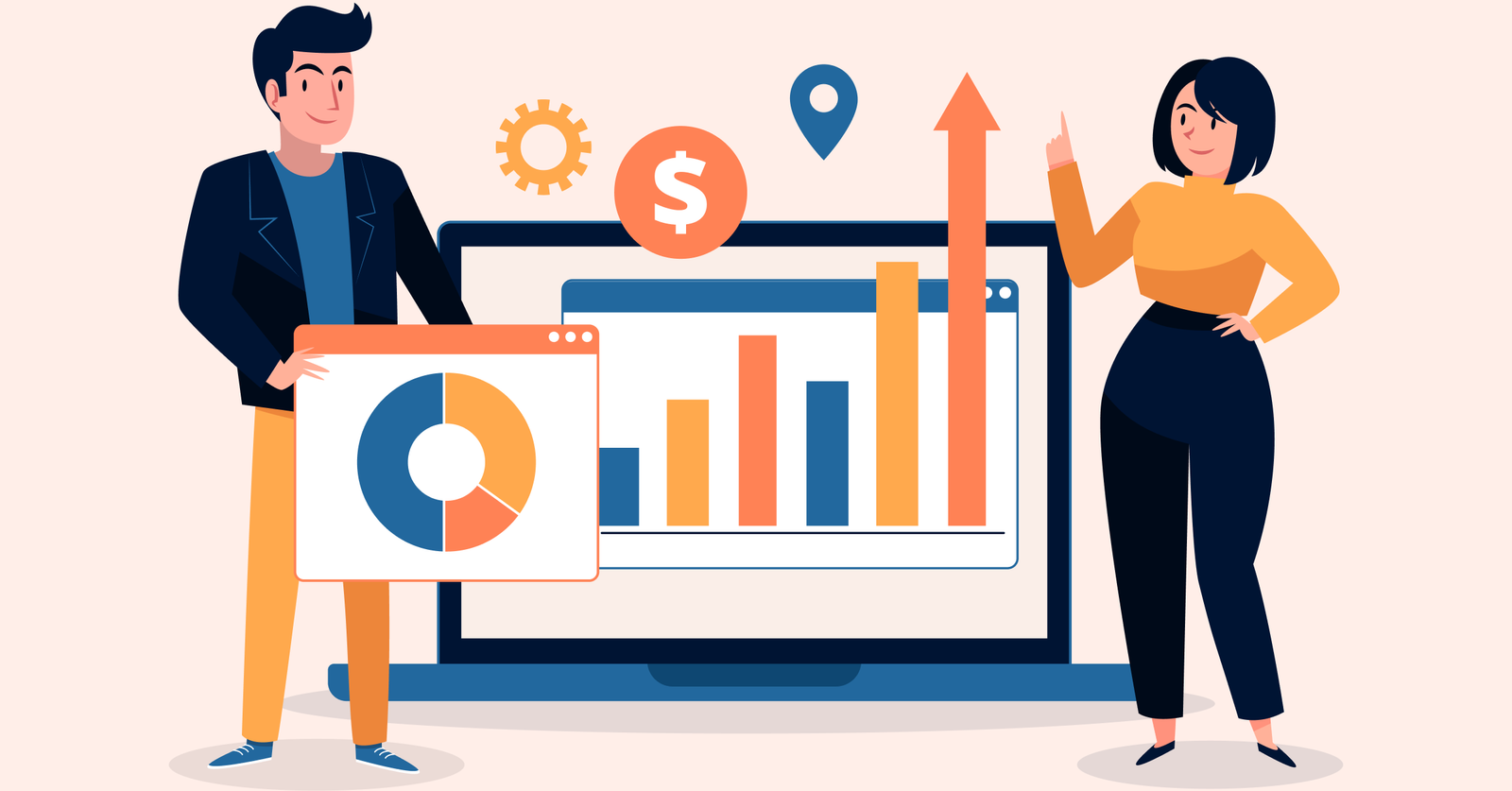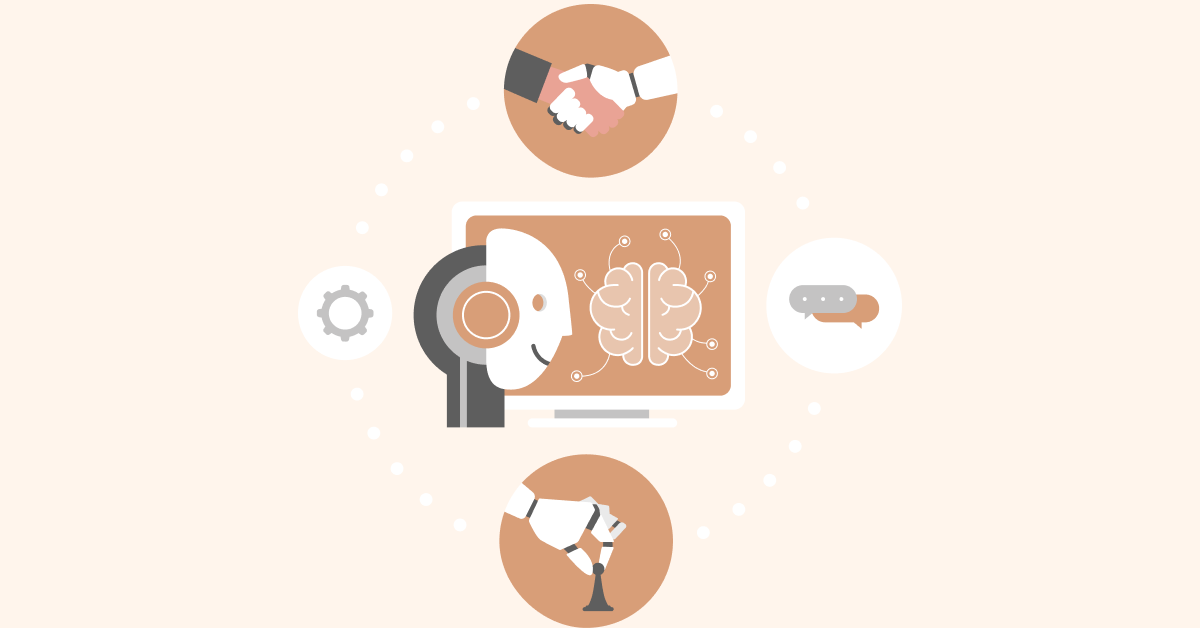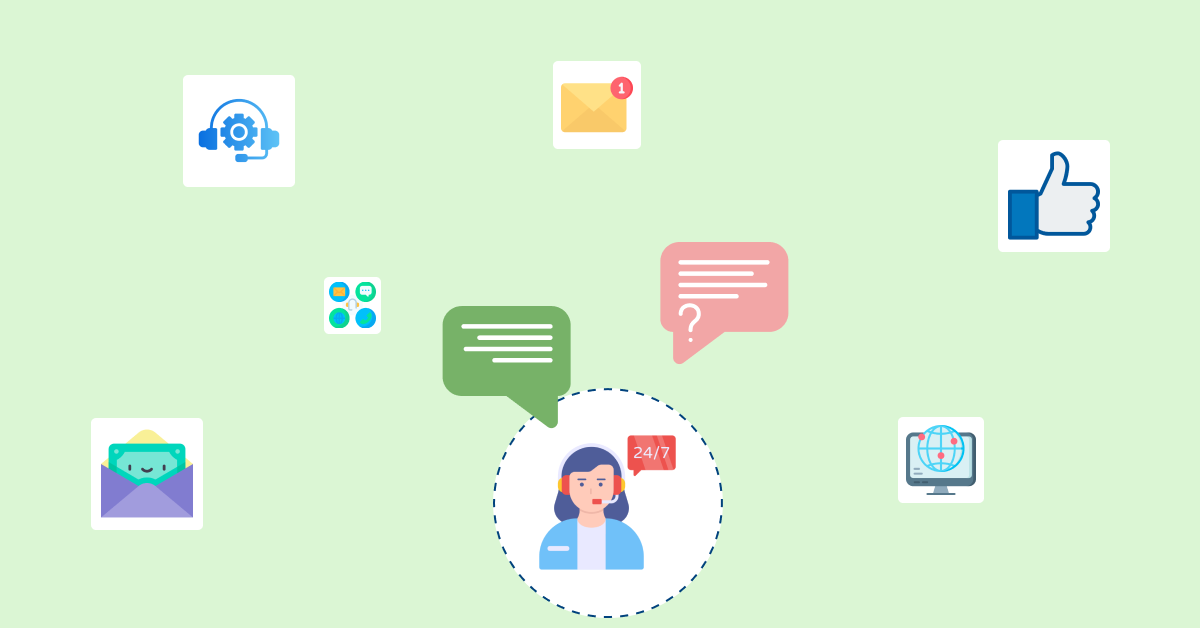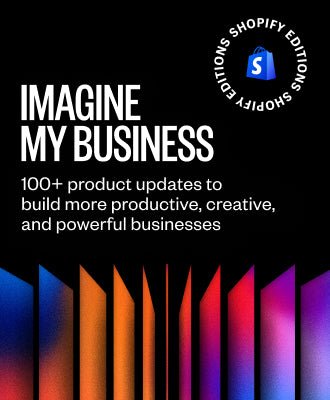Workflow automation enables your live chat agents to send pre-written messages quickly and accurately so they don’t have to waste time retyping every response. Routing rules allow live chat agents to send requests or conversations that require specialized expertise directly to the right person for faster resolution times.
Best Practices:
1. Develop workflows that facilitate the efficient routing of customer inquiries across teams and departments.
2. Utilize automated rules to direct inquiries to the right channels and appropriately skilled staff members.
3. Streamline processes with customer interactive tools like chatbots and proactive messaging prompts.
10. Select the Right Live Chat Platform
When selecting a live chat tool for your business, there are several factors you should consider. They are usability, features offered (such as ticketing systems or canned messages), pricing plans, customization options (so you can match the platform’s look with your website), integration capabilities (for external services), and more.
Once you find a suitable platform that meets all of the requirements, ensure it has adequate training materials designed for new users. It will ensure that even inexperienced staff can be up and running in no time.
Best Practices:
1. Ensure you choose a live chat platform that provides customizable features and allows for scalability to meet your growing business needs.
2. Prioritize customer journey mapping to identify where support and conversation points may be needed in the customer lifecycle.
3. Invest in comprehensive training for team members on live chat best practices, etiquette, and the platform software itself.
11. Focus on seamless customer experience (CX)
A successful live chat strategy involves creating a seamless customer experience. It keeps the conversation as natural as possible, provides helpful information in an organized manner, and quickly responds when necessary. 42% of consumers say a seamless experience across all devices and channels is a “top expectation”.
Ensure the use of engaging language when communicating with customers through live chat. Instead of simply providing information or answering their questions, aim to craft responses in a friendly manner. They should reflect your company’s personality and encourage conversation.
Best Practices:
1. Make sure the customer experience (CX) with live chat is seamless and straightforward for each user.
2. Ensure that technical issues are quickly resolved in order to maximize the efficiency of live chat conversations.
3. Instill a customer-centric culture by having the support team proactively reach out to customers, rather than only responding when prompted by them.
5 Real Life Examples of Live Chat Strategy
Here are examples of live chat strategies of notable brands that have successfully implemented live chat strategies to transform their customer engagement and business outcomes.
Amazon
Amazon integrated live chat across multiple touchpoints, including their main website, mobile app and Kindle platforms. Their strategy combines AI-powered automated responses with human agents, offering 24/7 support for product inquiries, order tracking and technical assistance. The system intelligently routes complex queries to specialized departments while handling basic questions through automation.
The implementation significantly enhanced Amazon’s customer service capabilities, leading to faster issue resolution and increased customer satisfaction. The strategy helped them maintain their reputation for exceptional customer service despite their massive scale, while also reducing support costs and improving agent productivity.
Nike
Nike developed a comprehensive live chat strategy focusing on personalized shopping assistance and product recommendations. They implemented chat features directly into their platforms, with specialized agents trained in athletic gear and sports technology who could provide detailed product guidance.
The approach transformed Nike’s digital shopping experience, creating a virtual equivalent of in-store customer service. The strategy helped them build stronger connections with customers, reduce cart abandonment and increase online sales while maintaining their premium brand experience.
Spotify
Spotify implemented a multi-tiered live chat strategy focusing on both technical support and music discovery assistance. Their system includes automated playlist recommendations, technical troubleshooting and specialized support for premium subscribers, with intelligent routing based on subscription status.
The approach helped Spotify maintain high satisfaction levels among its massive user base while efficiently managing support resources. It strengthened user engagement with their platform and helped reduce subscription churn through timely, personalized assistance.
Bank of America
Bank of America developed a secure live chat system for banking assistance and financial advisory services. Their strategy includes strict authentication protocols, encrypted communications and specialized agents for different banking services, with seamless integration into their online banking platform.
The implementation revolutionized their digital banking experience, making complex financial transactions and inquiries more accessible to customers. It helped them reduce branch visits while maintaining personal connections with customers, leading to increased digital banking adoption and customer satisfaction.
Live Chat Strategy Challenges
Implementing a live chat strategy presents challenges that organizations must navigate carefully to ensure effective customer communication. Understanding them is crucial for developing robust solutions that maintain service quality and operational efficiency.

